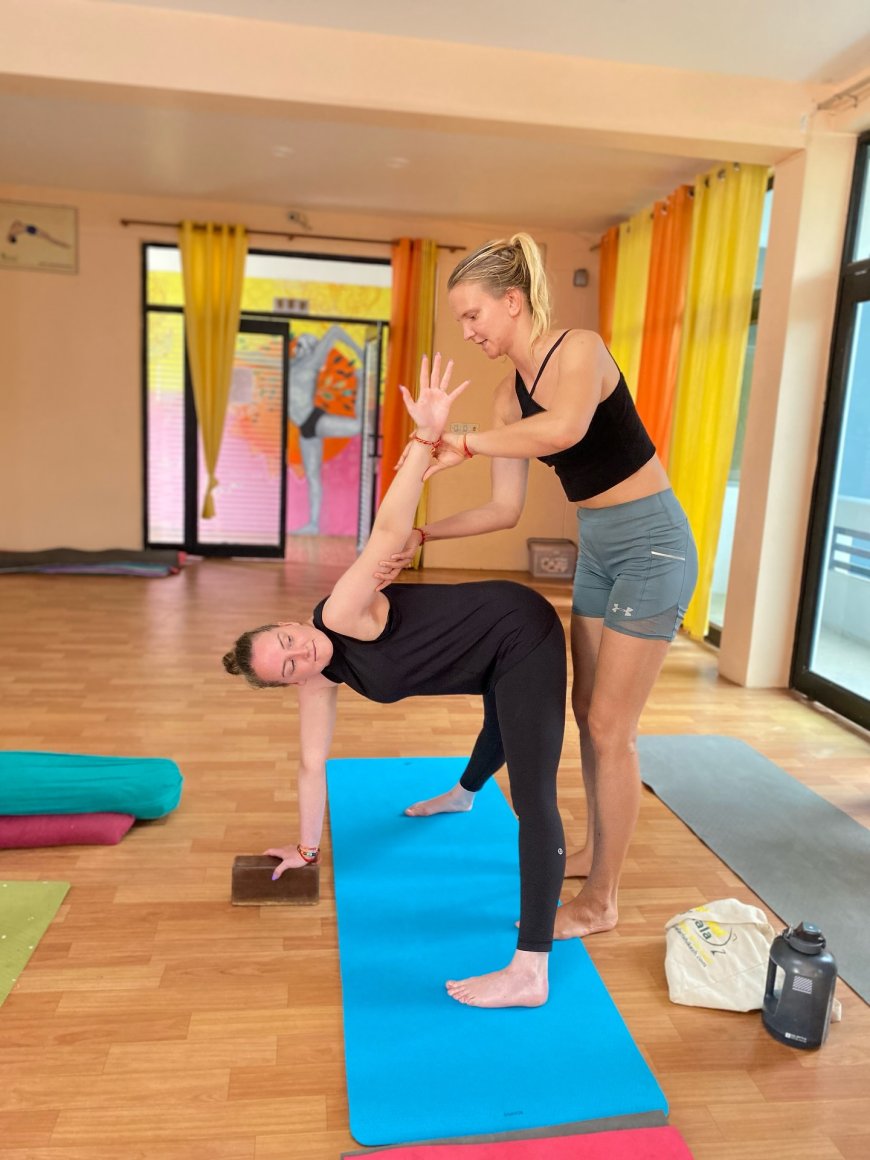What is the Stretch Reflex? 5 Techniques to Calm the Stretch Reflex
Have you ever tried to touch your toes, only to feel your muscles tighten up the more you push? That automatic tension isn’t just your body being stubborn—it’s a built-in protective mechanism known as the stretch reflex.

Have you ever tried to touch your toes, only to feel your muscles tighten up the more you push? That automatic tension isnt just your body being stubbornits a built-in protective mechanism known as the stretch reflex.
Whether you're a yoga practitioner, athlete, or simply trying to improve flexibility, understanding the stretch reflex is key to working with your body instead of against it. In this post, we'll break down what the stretch reflex is and share 5 effective techniques to calm it, helping you stretch more safely and deeply over time.
What Is the Stretch Reflex?
The stretch reflex, also called the myotatic reflex, is your bodys natural way of protecting muscles from overstretching. Its a spinal reflex that causes a muscle to contract automatically when it's suddenly stretched.
Heres how it works:
-
When a muscle is stretched quickly, tiny sensors called muscle spindles detect the change in length.
-
These spindles send a signal to the spinal cord.
-
The spinal cord sends a message back to the muscle to contractpreventing overstretching and potential injury.
This reflex is helpful in many everyday movements and sports, but it can become a limiting factor during flexibility training, yoga, or rehabilitation when your goal is to lengthen, not tighten.
Why You Need to Calm the Stretch Reflex
While the stretch reflex keeps us safe, it can also interfere with progress if overstimulated. For example, bouncing or forcing a stretch often activates the reflex, leading to tension, discomfort, or even strains.
By learning to calm the stretch reflex, you can:
-
Improve flexibility safely
-
Deepen your yoga practice
-
Reduce injury risk
-
Increase body awareness
-
Move with greater ease and control
5 Effective Techniques to Calm the Stretch Reflex
These techniques are backed by science and widely used in yoga, physical therapy, and mobility training to work with the bodys natural mechanismsnot against them.
1.Hold Stretches for 3060 Seconds
One of the simplest ways to calm the stretch reflex is to hold a stretch for an extended period. After about 2030 seconds, the nervous system starts to adapt to the stretch, allowing the muscle to relax.
? Try it: Sit in a gentle forward fold and hold without bouncing. Breathe deeply and wait for the muscle to soften over time.
2.Use Breath Awareness
Deep, slow breathing activates the parasympathetic nervous system, which helps relax muscles and reduce reflexive tension.
? Try it: Inhale for 4 counts, exhale for 6. Sync your breath with the lengthening sensation in the stretch, and notice how the body softens.
3.Proprioceptive Neuromuscular Facilitation (PNF) Stretching
PNF is an advanced flexibility technique involving contracting the muscle before stretching it. This triggers a response called autogenic inhibition, helping the muscle relax more deeply afterward.
? Try it: In a hamstring stretch, gently push your leg against resistance for 510 seconds, then relax and deepen the stretch.
4.Move Slowly Into the Stretch
Sudden or fast stretching is more likely to trigger the stretch reflex. Instead, enter a stretch gradually and with awareness.
? Try it: Instead of dropping into a lunge, ease into it over several breaths. Let your body adjust at its own pace.
5.Practice Regularly (But Gently)
Consistency trains your nervous system to become more tolerant of stretch without triggering protection. Over time, your stretch reflex becomes less reactive, and your flexibility improves.
? Try it: Incorporate light stretching or yoga into your daily routine. Dont chase intensityaim for regular, sustainable practice.
Bonus Insight: Stretch Reflex & Yoga Teacher Training in Rishikesh
In a yoga teacher training in Rishikesh, the stretch reflex is not just something you learn about in anatomy classits something you feel. You learn to understand your body on a deeper level: how to guide yourself and others into stretches that are both safe and transformative.
Advanced yoga practices, especially those rooted in traditional teachings from Rishikesh, emphasize patience, breath, and inner awarenessall of which help calm the stretch reflex and promote true flexibility, not force.
Conclusion
The stretch reflex is a powerful ally when understoodbut a frustrating obstacle when ignored. By approaching flexibility with patience, mindfulness, and smart techniques, you can teach your body to release, not resist.
Whether you're deepening your yoga practice or just trying to reach your toes, remember: the goal isnt to force the stretchits to invite it.

Note: If you are intrested and wants to become a yoga alliance certified yoga teacher then you can enrol in our 200 Hour Yoga Teacher Training Course in Rishikesh. To enroll click the link : https://www.rishikulyogshalarishikesh.com/200-hour-yoga-teacher-training-rishikesh.php



































